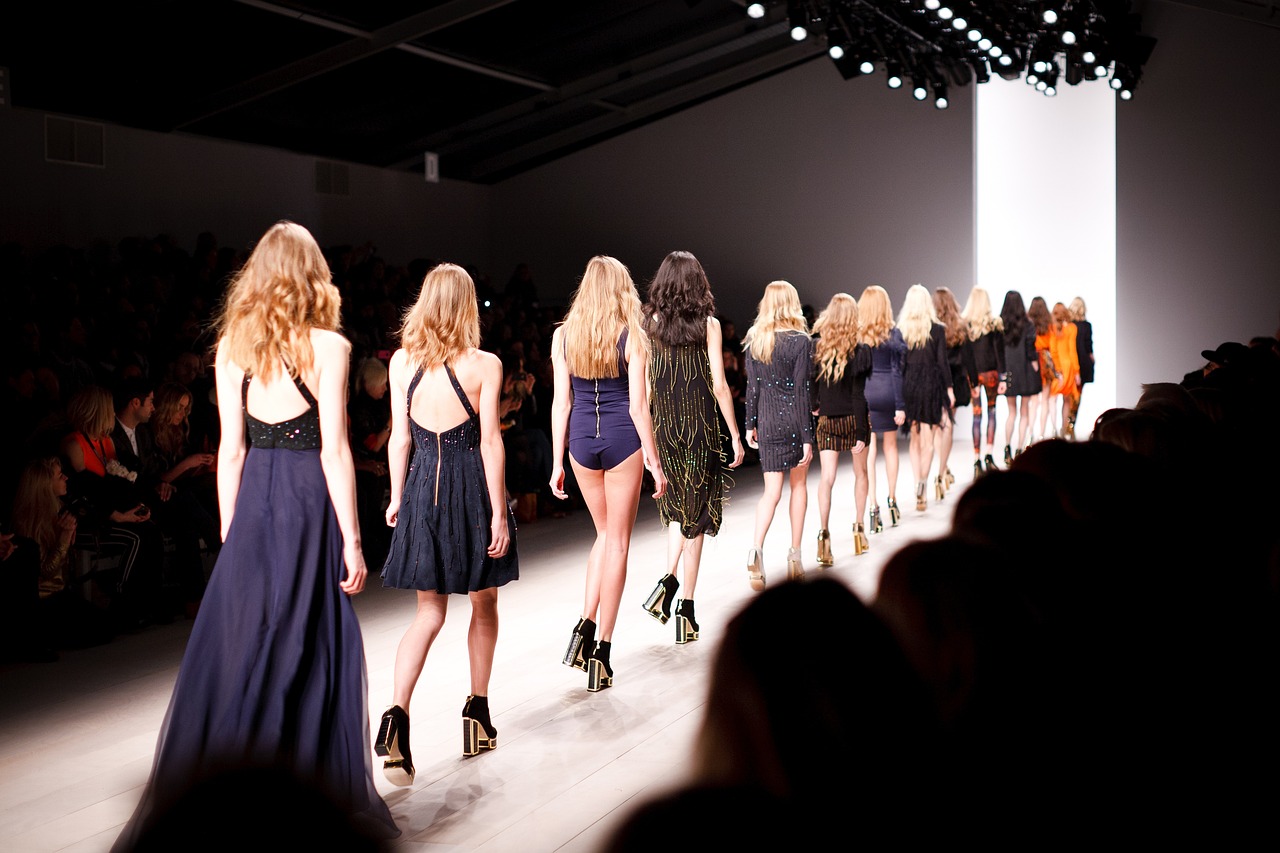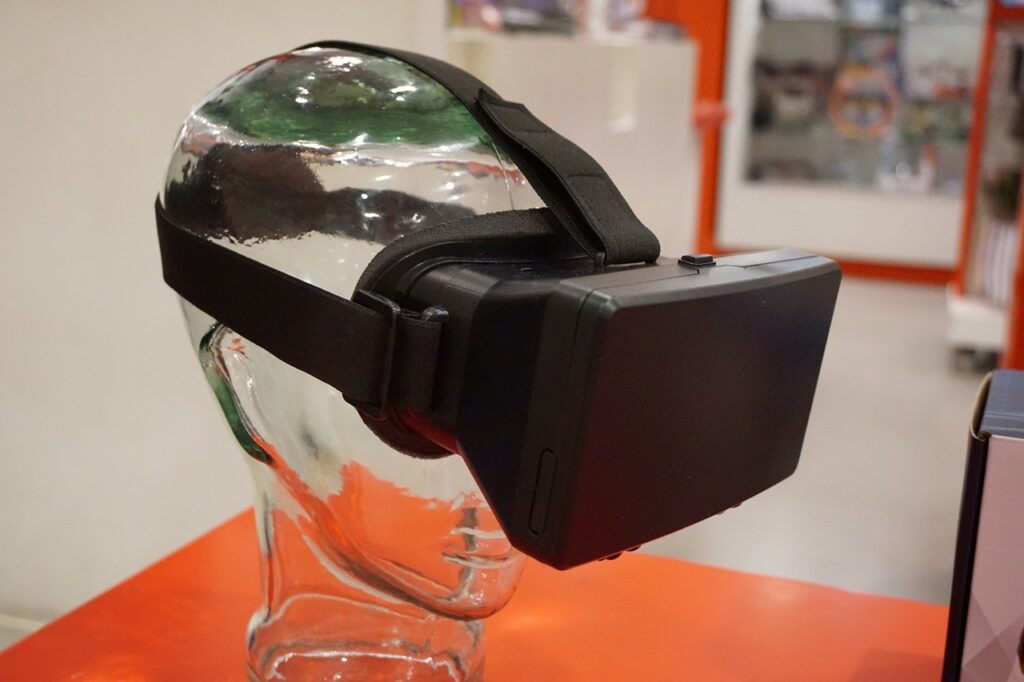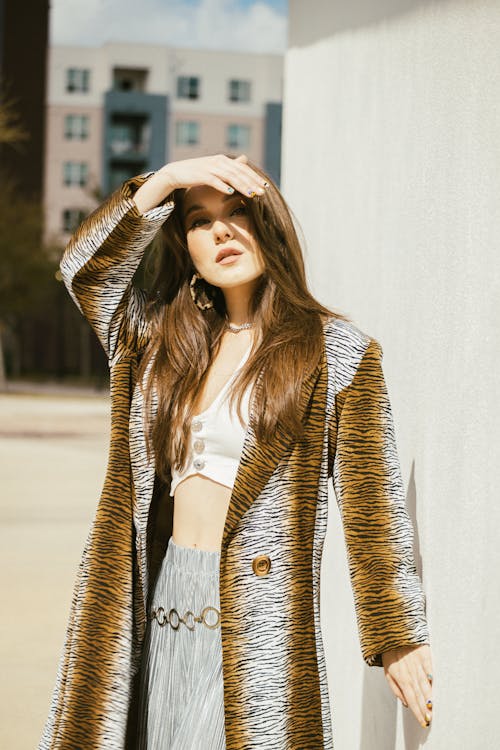The fashion industry is highly dynamic right now – seismic shifts, focusing on consumer experiences as opposed to improvements in manufacturing, are changing the landscape quickly and dramatically. A lot of the recent developments are due to technological advancements and integration, but not all. There are some interesting non-technological advances materializing in traditional, brick-and-mortar stores as well. All retailers, therefore, must embrace new ideas and fresh concepts in order to stay competitive. Read on to discover the five hottest trends in the fashion industry today.
1. New Concepts In Physical Retail Space
Some trends in fashion, however, have stayed the same, as online retailers continue to reduce the market share of traditional, physical shops. Because virtual stores do not have nearly as many expenses, such as costly square footage in trendy cities, they are able to offer identical products as brick-and-mortar shops at significant discounts. Unless off-line shops develop ways to entice shoppers into their physical spaces, reduce overhead, and satisfy the demands of their customers as quickly and efficiently as internet shops, they will continue declining.
To do this, a variety of wild and new concepts are developing. For example, some brands have jettisoned the old browse-and-buy approach entirely, moving to a showroom-like experience. They have downsized their physical locations and instead have set up display shops wherein a customer comes in, picks out items s/he wants, asks questions, and then completes the purchase online, either in store or later on his/her own device. This eliminates the need for large inventory and allows the shop to cut square-footage requirement by up to 80% while still offering all the benefits of a physical shopping experience.
Some labels are bypassing conventional retail altogether and appealing to consumers directly via pop-up stores and other adaptable venues.
Finally, though the subscription service concept, such as Rent The Runway, has not grabbed a large percent of the retail market, there is room for growth. Off-line retailers should investigate and delve into the prospect of offering their own subscription services to current customers as a way to maintain brand loyalty while creating a more personal experience.
2. Sustainability Is Key
Consumers are becoming more and more intricate as technology affords them the ability to be better informed, more connected to others and therefore more conscious of values and authenticity. There is a growing population of consumers that want to feel more influential in the actual production and distribution of products and to have their consumption choices not only reflect their deeply-held beliefs and standards, but contribute to their overall ambitions of creating a more just, borderless world. They are global citizens who are searching for meaning and connection via the brands they support.
These value-driven consumers have therefore created an expanding niche market for sustainable and eco-friendly fashion. Manufacturers and retailers who have already embraced this concept are ahead of the game, but others would be wise to heed these demands for sustainable raw-materials sourcing, living-wages for factory workers, and energy-neutral manufacturing and delivery. This group is only growing, as it is lead by the ever-increasing millennial consumers who are driven by three key concepts: value, quality and image.
3. Casualization And Wellness
“Athleisure,” casual, comfortable clothing designed to be suitable for both exercise and everyday wear, has become popular in the last few years, and will only continue to expand as retailers are evolving into lifestyle brands. No longer do they simply sell clothing and accessories, but rather, they sell an entire way of life. At the same time, the wellness movement has been growing amongst all segments of the population. Historically, the wellness and fashion industries have not aligned, but that is changing.
For example, big labels such as Kate Spade and Zara now have activewear and athleisure lines, and others have joined forces with relaxed-style celebrities, such as the collaboration between Adidas and Kanye West. At the same time that major fashion labels are developing athleisure lines, traditional performance brands are changing their lines to be less focused on physical achievement and more focused on experiences. Reebok’s mobile CrossFit gyms are illustrations of the important ways that retailers are delving into people’s desires for transformative encounters on the road to self-improvement.
Historically, fashion has been about the physical and visual component of a person’s psyche. Now, however, prevailing trends need to be more expansive and holistic – to take into account a person’s mental, physical, spiritual and emotional needs – as well as cozy and informal. Soon we may start seeing pajamas as weekend wear.
4. Digital Integration
Two words: smart stores. A smartstore is a retail shop using smart technology (such as virtual reality or smart shelves) to enhance the efficiency of store space and inventory. The fashion industry is embracing this concept wholeheartedly, and for good reason. Not only do smart stores potentially mean less overhead on the checkout and supply side but this technology can be used to reduce many of the common frustrations of shopping in a brick-and-mortar store. Smartstore technology can help with fitting room issues, order fulfillment and the laborious checkout process, thereby enhancing a consumer’s real-world experience and making a visit to an actual store enjoyable and rewarding.
Fashion retailers are putting virtual reality (VR) to good use as well. Customers can become fully immersed in fashion shows, virtually trying on the latest trends in real time. China’s manufacturing giant Alibaba is also developing something called the VR pay. The aim of this technology is to allow a shopper who is connected to a virtual shopping mall to purchase items simply by nodding his head at what he sees. Similarly, VR can allow a shopper to “visit” a any store in the world. A woman in India could “walk” into Macy’s in New York, look around, choose items, and purchase them immediately.
5. Growth Of Global Urban Populations
Finally, the last major trend in the fashion reflects the fact that urban centers around the world are growing, and not just the major cities we are used to hearing about, such as New York or Beijing. Traditionally smaller cities, such as Kuwait City or Guadalajara, are expanding and their populations are demanding more personal, local products. Thus, major manufacturers can no longer make market decisions on a national level – they must tailor their approach to regional consumers. Further, international brands will face competition from local brands as is happening in India to companies like H&M and Mango.
An Exciting Time To Be In Fashion
The fashion industry is seeing some intriguing changes, as these five exciting trends demonstrate. To stay on top of the game, manufacturers and retailers must embrace the desires of their customers and focus on creating experiences rather than simply products.





